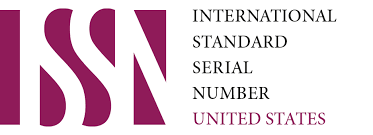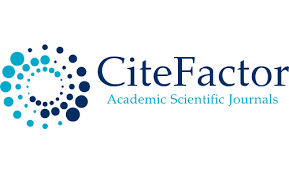The role of club activities in the development of students' musical abilities in general education schools
Keywords:
Music Clubs, Popular and Club Forms, VChA, Instrumental EnsembleAbstract
This article discusses the purpose of organizing music activities in general education institutions out of school and out of class, and their main tasks. These requirements for musical aesthetic education should be met in all parts of the education system in accordance with the content and essence of music-educational and music-educational goals and objectives, and in extracurricular activities students should be taught music-theoretical lessons. to strengthen their knowledge, to be able to apply it in practice, to be engaged independently in any type of musical art (according to their interests), to acquire special knowledge and skills of practical performance
References
GMSharipova, DFAsamova, ZLKhodjayeva "Methods of music teaching theory and school repertoire" Textbook for students of higher and secondary special education Tashkent-2014
M.Khojageldiyeva "The content of the science of music culture and the role of music in the upbringing of children" International Journal of Discourse on Innovation, Integration and Education
M.Xo’jageldiyeva “Music as a Scinece and its peculiarities” International Journal of Innovative Analyeses and Emerging Technology 2021.
M.Xo’jageldiyeva “Dutar national instruments and performance methods” Analytical Journal of Education and Development Vol 01 Issue 06. 2021
M. Kho'jageldiyeva "Factors for Increasing Students' Musical Competence in Music Culture Classes" European Journal of Innovation in Nonformal Education Vol 2. Issue 4. ISSN: 2795-8612. 2022
M. Kho'jageldiyeva "THE HISTORY OF THE ORIGIN OF THE WORD DUTAR AND METHODS OF ITS PERFORMANCE" "Economics and Society" №4 (95) 2022
Downloads
Published
Issue
Section
License

This work is licensed under a Creative Commons Attribution-NonCommercial 4.0 International License.
User Rights
Under the Creative Commons Attribution-NonCommercial 4.0 International (CC-BY-NC), the author (s) and users are free to share (copy, distribute and transmit the contribution).
Rights of Authors
Authors retain the following rights:
1. Copyright and other proprietary rights relating to the article, such as patent rights,
2. the right to use the substance of the article in future works, including lectures and books,
3. the right to reproduce the article for own purposes, provided the copies are not offered for sale,
4. the right to self-archive the article.












